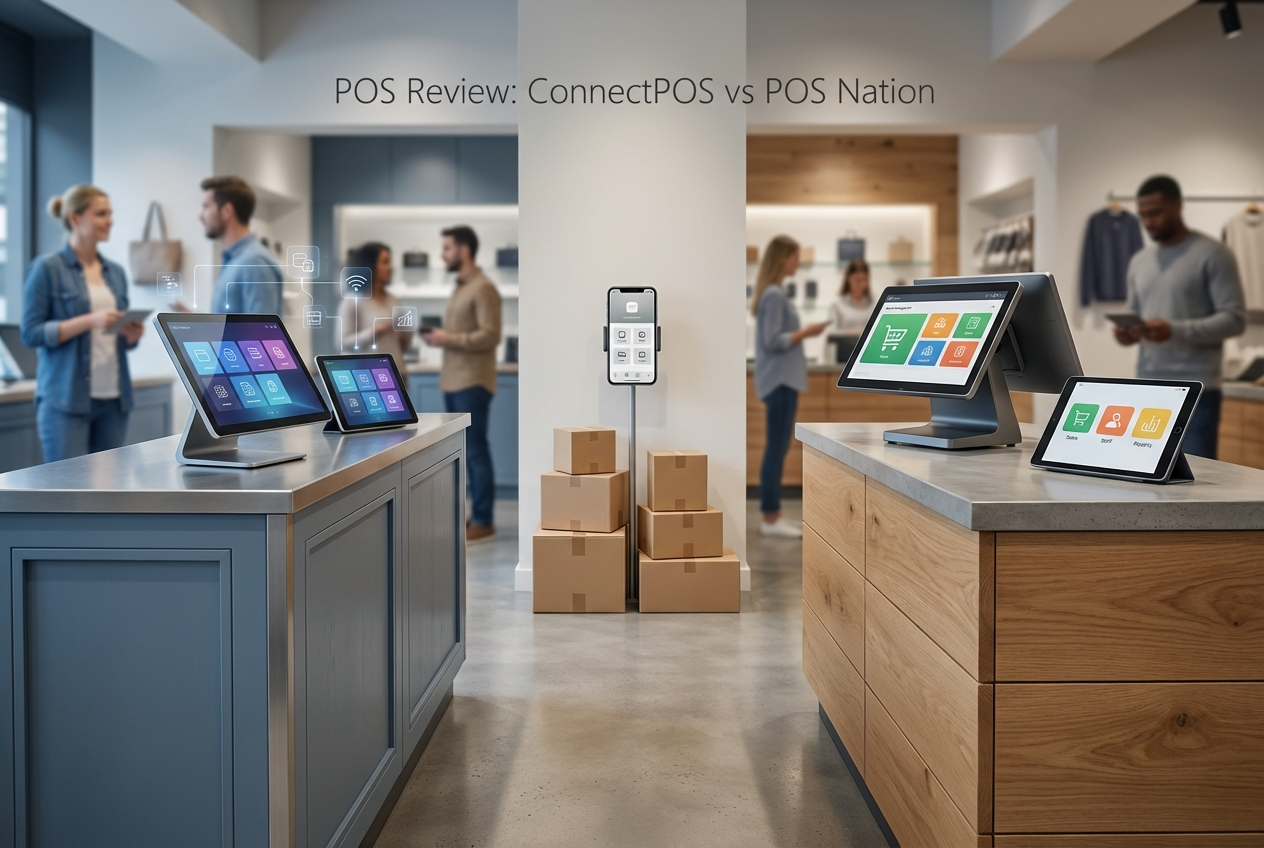What Is a Register Code?
A register code is a unique string of numbers or letters (or both) used to verify identity and assign access levels within a system, commonly found in retail point-of-sale (POS) platforms.
It acts like a digital key, determining what actions an employee can take, whether it’s processing a sale as a cashier or approving returns as a manager.
How It Works in Retail Systems
In most retail environments, register codes are tied to individual employee accounts. When used correctly, they streamline operations and secure access to sensitive functions. Here’s how they’re typically used:
- POS Access Control: Cashiers enter their register code to log into the POS terminal and start a shift. This limits access to basic functions like ringing up sales or printing receipts.
- Manager Override: If an action, like issuing a refund or price override, requires higher-level permissions, the system prompts for a manager’s register code.
- Activity Tracking: Since each code is unique, stores can trace actions back to specific employees. This improves accountability and simplifies troubleshooting.
- Employee Setup: In systems like BigCommerce or Shopify POS, codes are assigned during employee onboarding and can be updated as roles change.
Beyond POS systems, register codes are used in software platforms like ADP Workforce Now, where employees use them to verify their identity during account creation. They’re also common in SaaS tools, product licensing, or two-factor authentication flows.
Common Use Cases
- Software Activation: Entering a code to unlock licensed features or confirm ownership.
- Account Verification: Using a code sent via SMS or email to complete account setup.
- Access Permissions: Unlocking restricted features or functions based on role.
- Security Protocols: As part of two-step verification for safer logins.
Why Register Codes Matter
The role of register codes supports operational control, improves customer service, and reduces risk. Here’s why they’re important:
- Secure Access Control: Prevents unauthorized actions at the register or within back-end systems.
- Faster Approvals: Speeds up transactions by allowing real-time overrides, reducing customer wait times.
- Better Accountability: Makes it easy to track who did what, helping with audits or resolving errors.
- Improved Training: With codes tied to user actions, managers can identify skill gaps or training opportunities.
- Fraud Prevention: Restricts sensitive operations like refunds or discounts to authorized staff only.
Key Considerations
When using register codes in your business, keep these points in mind:
- Keep Them Secure: Treat codes like passwords, don’t share or reuse them.
- Set Expiry or Rotation Policies: Especially for temporary or seasonal staff.
- Monitor Usage Logs: Regular reviews help spot unusual activity early.
- Customize by Role: Align access levels with job functions to avoid errors or misuse.
Register codes may seem like a small detail, but they have a big impact on how efficiently and securely your retail operation runs. When used effectively, they support smoother workflows, better customer experiences, and a more accountable team environment.
« Back to Glossary Index

